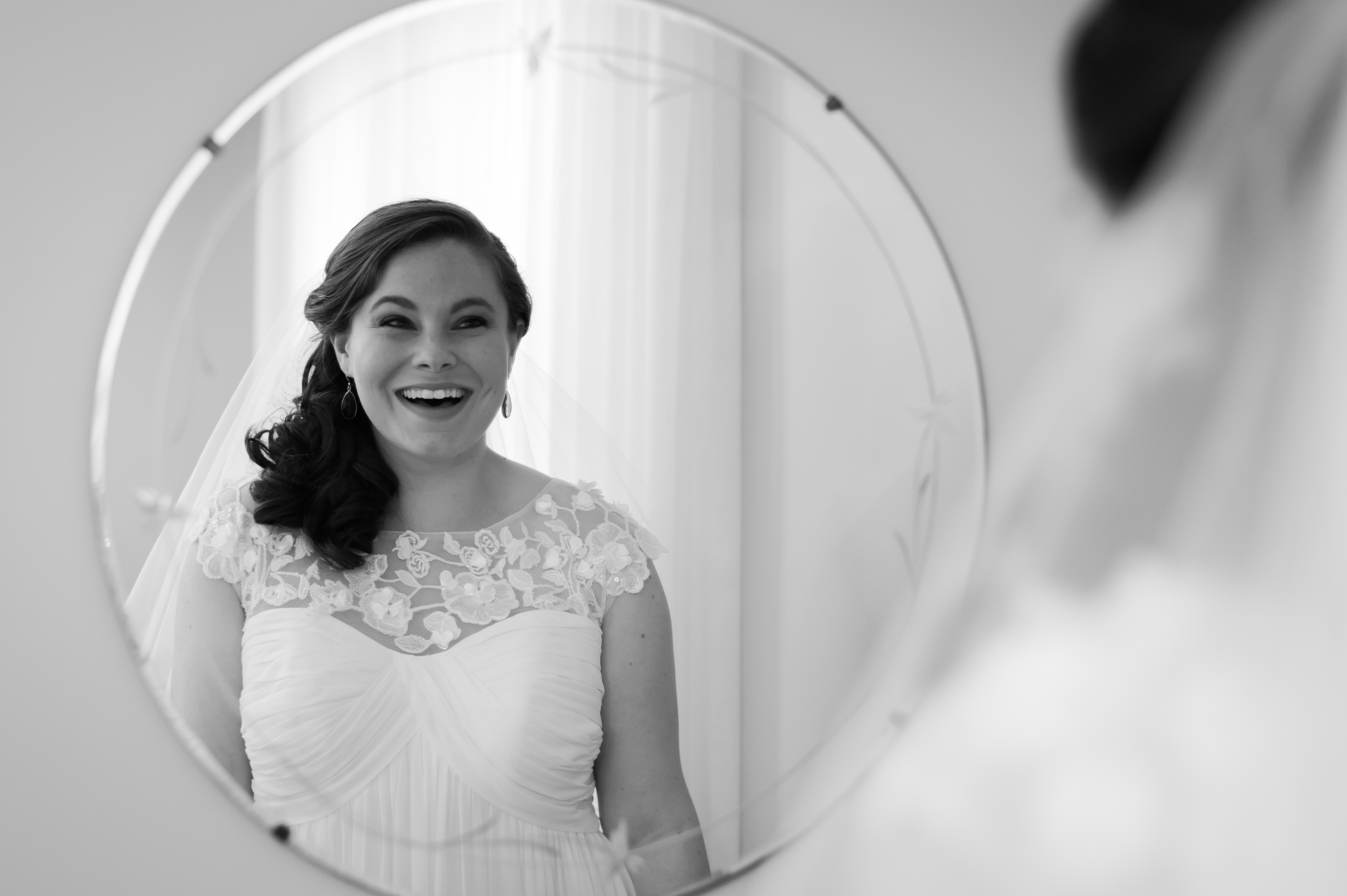Smile for the Camera?

 I can still hear the oft-spoken words of my mother: “Go stand over there and smile!”
I can still hear the oft-spoken words of my mother: “Go stand over there and smile!”
It didn’t matter if it was at a birthday party or a family vacation, my mom loved taking photos of us when we were growing up. And several times a day, she’d utter those words I hated hearing oh-so-much.
“Why do I have to smile if I don’t want to?” I’d usually ask. And often, after my mom tried coaxing me for a few moments, she’d give up and take our picture anyways. Obviously, I was not an easy child.
But easy to raise or not, the question persisted for me. Why shouldn’t people wear whatever emotion they are experiencing when they are being photographed? The most powerful imagery I had seen growing up were documentary images where both photographer and subject, intentionally or not, ignored the trope of smiling for smiling’s sake. And the images were better for it.
None of this is to say that I don’t appreciate a smile in an image. I LOVE to see a person smiling in an image, so long as it’s genuine. There’s a distinct reason for that.
Let’s back up a second and answer the burning question. Why did my mom tell me to “go stand over there and smile” in the first place? Susan Sontag once noted that a photograph is “a way of certifying experience, taking photographs is also a way of refusing it—by limiting experience to a search for the photogenic, by converting experience into an image, a souvenir.” Certifying an experience is one thing. Documentation is a natural act for people, and my mom was attempting to document our lives.
But searching for the photogenic is another. According to historian Christina Kotchemidova, it began with what Sontag called photography’s “democratiz[ing] of beauty.” By the end of the 19th century, photography had gotten inexpensive enough that almost anyone could afford to be photographed, but people still found the experience of having a photo taken to be awkward. During the transition from studio portrait photography-dominant sales to mass-market sales, in an effort to sell more film and cameras, Eastman Kodak began a marketing campaign that encouraged people to smile in order to “emphasize the pleasure of the photograph,” as the Washington Post put it.
So there’s the answer to my question. Kodak sold more cameras, we all got stuck with a habit.
But what about that “genuine” smile? What about it is so different, and why can we instantly notice that something is different about a genuine smile vs. a contrived one?
In Blink, Malcolm Gladwell talks extensively about microexpressions and the understanding we can gain from watching and understanding the human face. Ekman and Friesen, the scientists Gladwell interviewed, devised the Facial Action Coding System, and named the 43 distinct facial movements, called “action units.” Ekman and Friesen’s documentation of these action units build upon the work of Guillame Duchenne, a French neurologist who photographed his subjects to attempt the same goal back in the 1800s.
Duchenne was the first to document what has become known as the “Duchenne smile,” known to most as the “genuine smile” or “smiling with your eyes.” If I were to ask you to smile for a photo, your response would be to flex the zygomatic major, the cheek muscle that controls the upward turn of your lips. This is generally perceived as a “fake smile.” If instead I were to crack a joke you found hilarious, not only would your zygomatic major flex, but you’d also tighten the orbicularis oculi which would raise your cheek muscles and slightly squint your eyes.
 What does this mean in practice? Your corresponding photo would reveal a smile that would most likely be much more relaxed and true to how you look, and furthermore, I’ve found that when you look at that image, you’ll remember a genuine emotion associated with that moment.
What does this mean in practice? Your corresponding photo would reveal a smile that would most likely be much more relaxed and true to how you look, and furthermore, I’ve found that when you look at that image, you’ll remember a genuine emotion associated with that moment.
All of this isn’t to say, “Don’t smile in your photos.” It is, instead, asking you to examine the motivations behind the very reason for making the photo. How will a smile make the image, and you, feel? Who is the image for?
I’ve shown people images I’ve taken of them that they called “honest” and “real” and “genuine.” It’s 100% due to their expression. And the more I photograph, the less I tend to interfere in the lives and experiences of my subjects. To find a moment, to notice and bear witness to a person’s beautiful and unique 1/200th of a second where that honest emotion lived, that’s what I want when I make an image.
Be the first to comment